1. The Asian Giant Hornet – A Burning Stab That Lasts for Hours
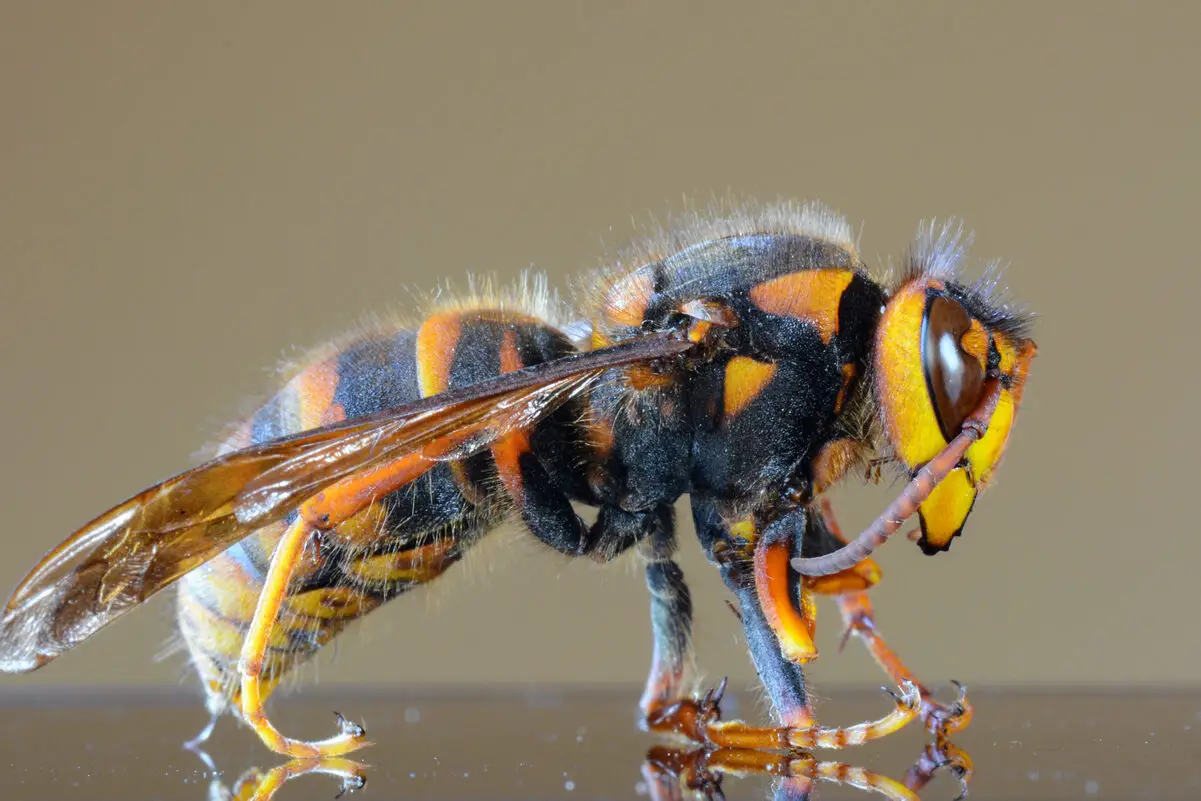
The Asian giant hornet, sometimes called the “murder hornet,” is no joke. Its sting delivers a potent venom packed with neurotoxins and enzymes that break down human tissue. Victims describe the pain as a hot, burning stab that spreads like wildfire, lasting for hours. Unlike smaller wasps, these hornets can sting multiple times, injecting more venom with each attack. Some people even report feeling dizzy, nauseous, or weak after being stung, thanks to the venom’s ability to dissolve blood cells.
If you happen to get stung by one of these, you’ll want to ice the area immediately and take antihistamines to reduce swelling. In rare cases, multiple stings can cause kidney failure or even death, making these insects a serious threat. The pain is ranked high on the Schmidt Pain Index, which categorizes insect stings based on their severity. The best way to avoid an encounter? Stay away from their massive underground nests, especially in late summer when they’re most aggressive.
2. The Velvet Ant – A “Cow Killer” That Lives Up to Its Name
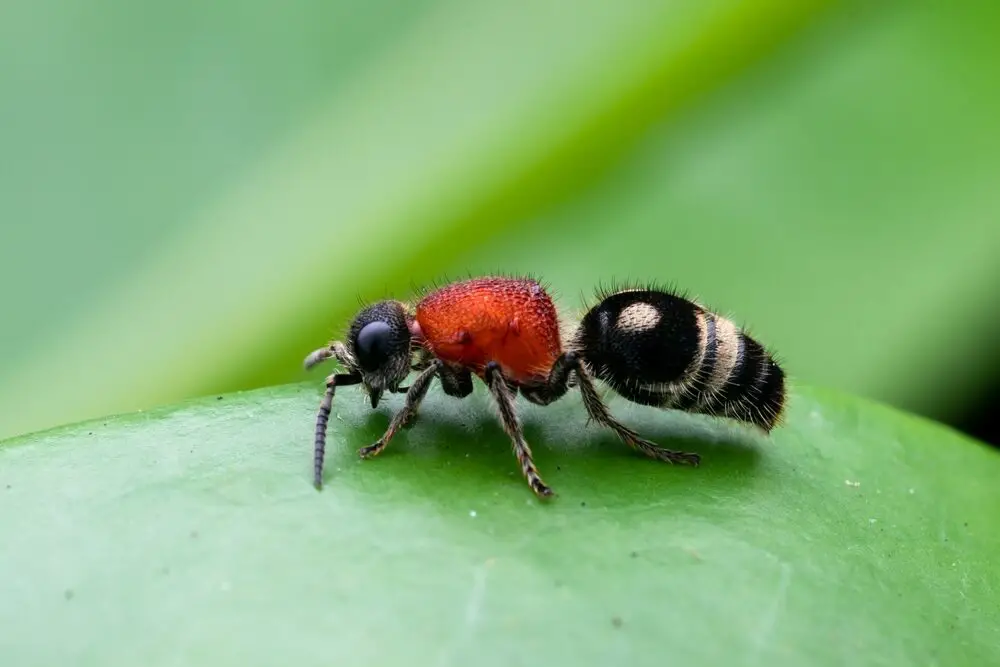
Don’t be fooled by the soft, fuzzy appearance of the velvet ant—this insect is actually a type of wingless wasp, and its sting is brutal. Nicknamed the “cow killer,” it delivers one of the most excruciating insect stings in North America. People who have been stung describe it as an instant, fiery shock that radiates through the body, lasting up to 30 minutes. Unlike honeybees, which lose their stingers after one attack, velvet ants can sting repeatedly without harm to themselves.
Though incredibly painful, the sting isn’t medically dangerous unless you have an allergic reaction. If you see one of these bright red or orange insects crawling around, resist the urge to touch it. They’re solitary creatures and aren’t aggressive unless provoked, so keeping your distance is the best defense. While the name “cow killer” is an exaggeration, the pain they inflict on humans is definitely memorable.
3. The Tarantula Hawk Wasp – A Shockwave of Agony
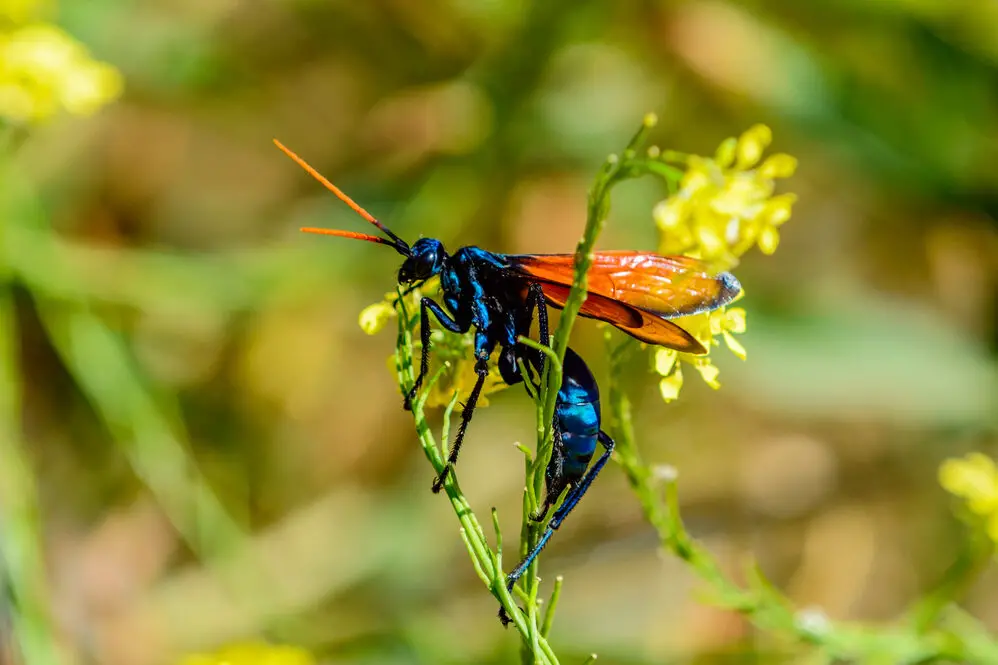
The tarantula hawk wasp is as terrifying as its name suggests. This large wasp hunts tarantulas, using its venom to paralyze them before dragging them into a burrow to be eaten alive. While their sting isn’t fatal to humans, it is one of the most painful experiences imaginable. People describe it as an electric shockwave that sends pain radiating through the entire body. Some victims have been known to fall to the ground screaming, unable to do anything but wait for the agony to pass.
The good news? The pain, though intense, only lasts about five minutes. However, those five minutes feel like an eternity. The wasp doesn’t sting often unless provoked, but if you happen to get too close, it won’t hesitate to remind you why it ranks among the most painful stings in the world. If you ever come across one of these two-inch-long insects, the best thing you can do is back away—slowly.
4. The Executioner Wasp – Worse Than a Bullet Ant?
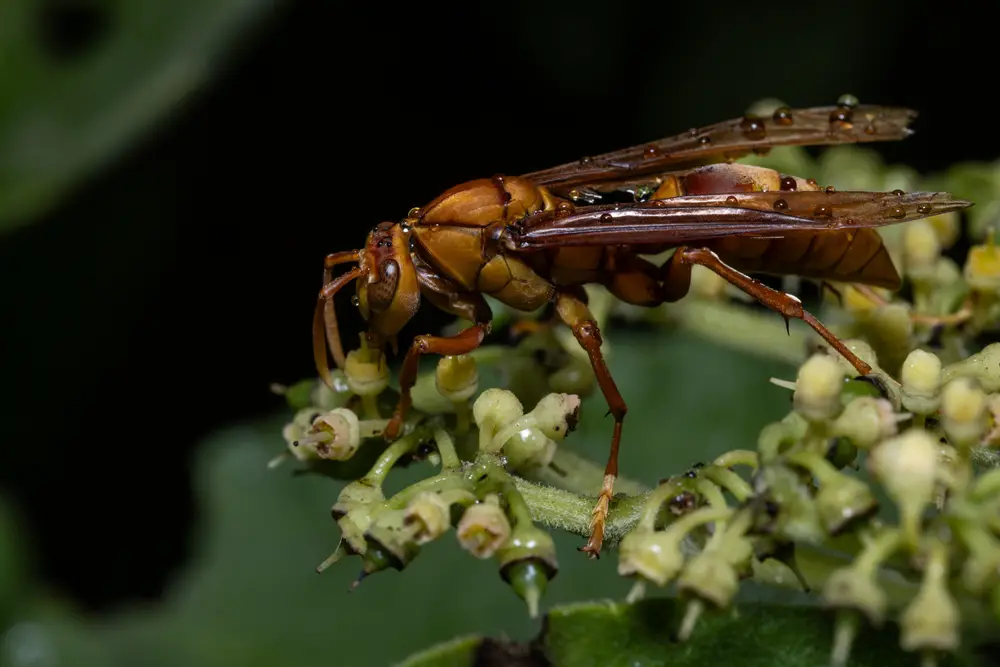
The executioner wasp isn’t as well-known as some of the other painful stingers on this list, but it deserves its terrifying name. Some experts claim its sting is even worse than that of the infamous bullet ant. The pain starts as an intense burning sensation before turning into a deep, throbbing ache that can last for hours or even days. Unlike many other wasps, the executioner wasp injects a powerful venom that causes localized tissue damage, making the sting site red, swollen, and brutally tender.
Surprisingly, these wasps aren’t particularly aggressive unless threatened, so they don’t go out of their way to sting humans. However, if you accidentally disturb their nest, prepare for an onslaught of pure agony. People who have experienced an executioner wasp sting describe it as unbearable, ranking it as one of the worst insect stings in the world. If you ever encounter one, consider yourself lucky if you can walk away without an unfortunate experience.
5. The Bullet Ant – The King of Pain
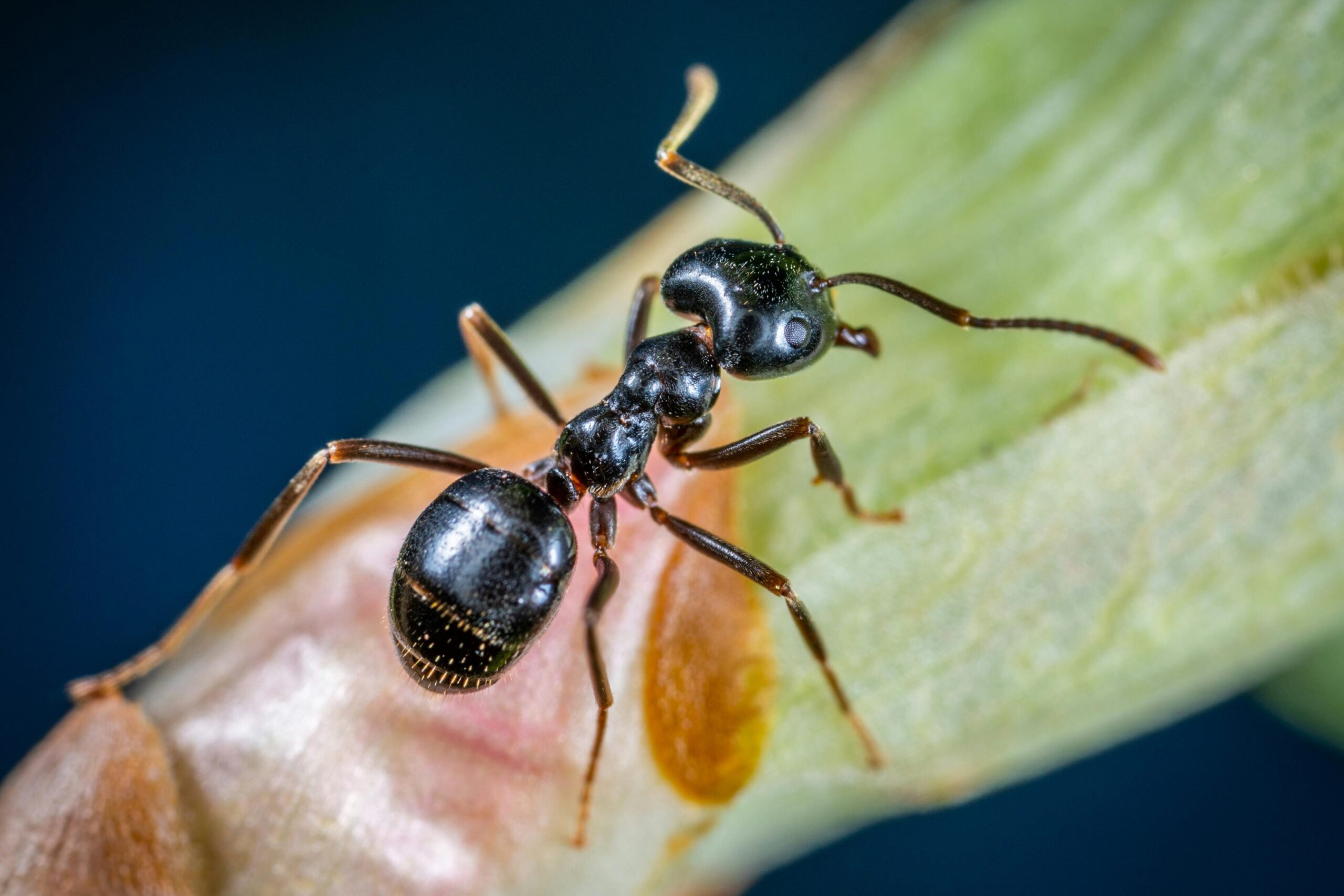
The bullet ant’s sting is often described as the most painful insect bite in the world. Native to the rainforests of Central and South America, these ants are known for their aggressive defense tactics. When they sting, they inject a neurotoxic venom that causes an unbearable burning sensation, as if you’ve been shot. The pain doesn’t just last for a few minutes—it can persist for 24 hours, leading many locals to call it the “24-hour ant.”
The sting is so intense that some Amazonian tribes use bullet ants as part of initiation rituals for young warriors. These boys must wear gloves filled with live bullet ants and endure multiple stings as a test of strength and endurance. Most people who have been stung say it’s a pain unlike anything else, leaving them trembling and unable to function normally for hours. If you ever visit the rainforests where these ants live, watch your step—you do not want to cross paths with one.
6. The Gila Monster – A Bite That Won’t Let Go

Unlike most of the painful creatures on this list, the Gila monster doesn’t sting—it bites. And once it clamps down, it doesn’t let go easily. This venomous lizard delivers a slow, excruciating pain that spreads through the body. Instead of injecting venom through hollow fangs like a snake, it chews its venom into the wound, ensuring maximum suffering. The pain is described as an intense burning that grows worse over time, sometimes lasting for hours.
The good news? The Gila monster’s venom isn’t deadly to humans, but that doesn’t mean you want to experience it firsthand. Some victims report nausea, sweating, and even temporary paralysis after a bite. Because these lizards don’t let go easily, getting bitten often means prying them off while enduring the agony. Thankfully, Gila monsters are reclusive creatures that don’t bite unless provoked, so as long as you leave them alone, they’ll return the favor.
7. The Black Widow Spider – A Bite That Feels Like Acid
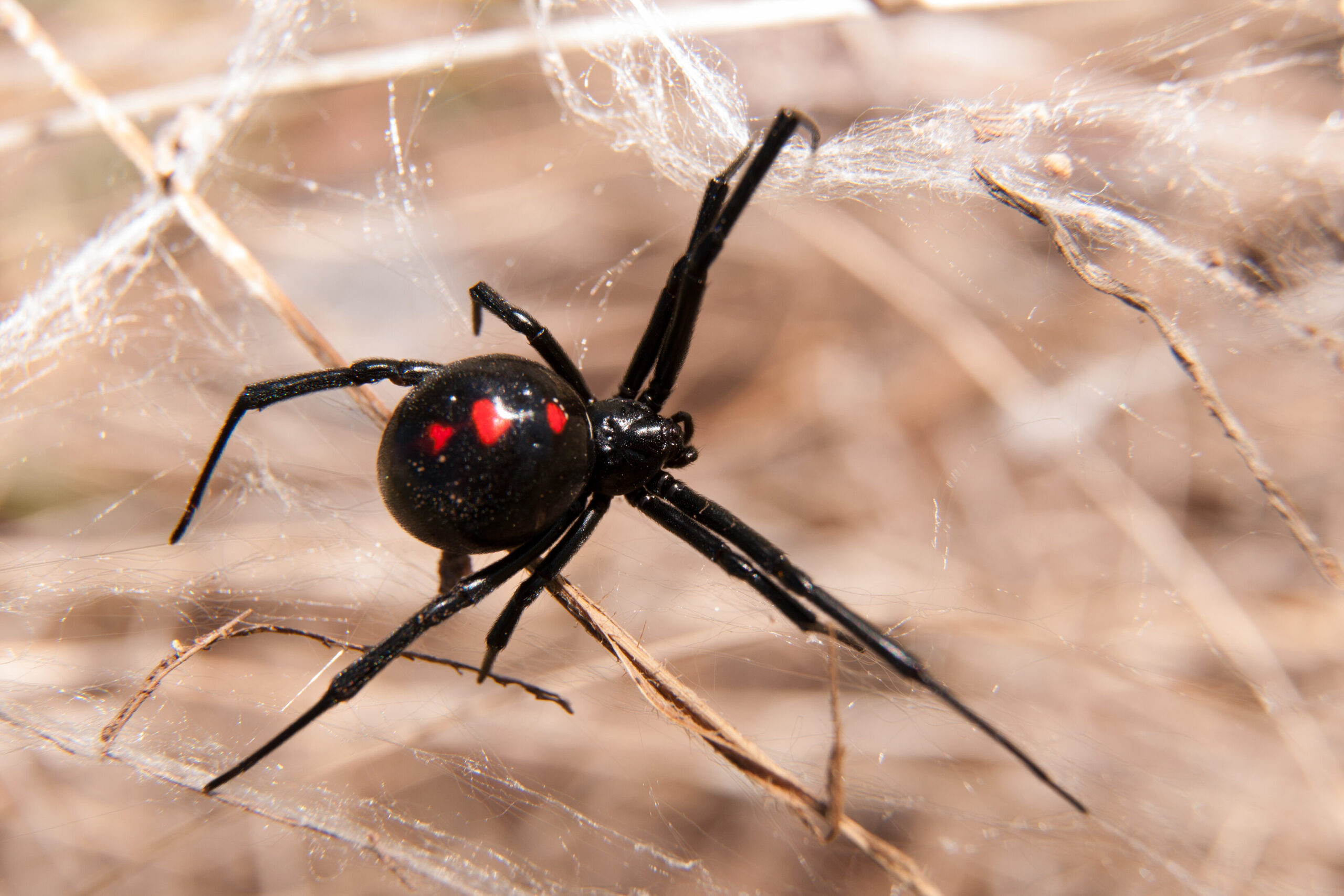
The black widow may be small, but its bite packs a serious punch. Unlike the searing sting of a wasp, a black widow’s venom spreads slowly, causing muscle cramps, severe abdominal pain, and even difficulty breathing. Victims often describe it as a deep, aching burn that worsens over time, with waves of intense pain spreading through the body. In severe cases, people experience nausea, sweating, and even heart palpitations. The venom contains a neurotoxin that affects nerve signals, which is why the pain is so widespread.
The good news is that black widow bites are rarely fatal to healthy adults, though young children and the elderly may need medical attention. Symptoms can last anywhere from a few hours to a couple of days. The best way to avoid a painful encounter is to watch out for their messy, irregular webs, often hidden in dark corners, sheds, or woodpiles. If you do get bitten, medical treatment can help ease the symptoms, but you’ll never forget the pain.
8. The Brazilian Wandering Spider – The World’s Most Venomous Spider
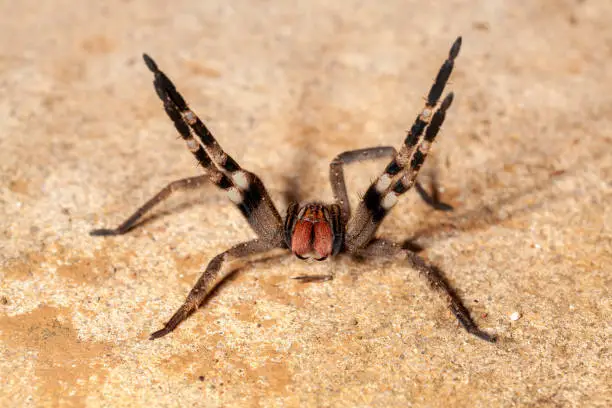
The Brazilian wandering spider, also known as the banana spider, holds the title of the most venomous spider in the world. Unlike most spiders that prefer to stay hidden, this one actively roams at night, searching for prey. Its bite delivers a potent neurotoxin that causes excruciating pain, severe muscle cramps, and sometimes even paralysis. Victims report an intense burning sensation that spreads through the body, making it one of the most painful spider bites known to man.
In extreme cases, the venom can cause difficulty breathing, blurred vision, and in rare situations, fatal complications. Interestingly, one bizarre side effect of the bite is prolonged and painful erections in men, leading researchers to study the venom for potential medical uses. If you ever find yourself in the rainforests of South America, be cautious—these spiders often hide in clothing, shoes, or banana shipments. A bite from one of these arachnids is something you definitely don’t want to experience.
9. The Fire Ant – A Tiny Insect with a Fiery Sting
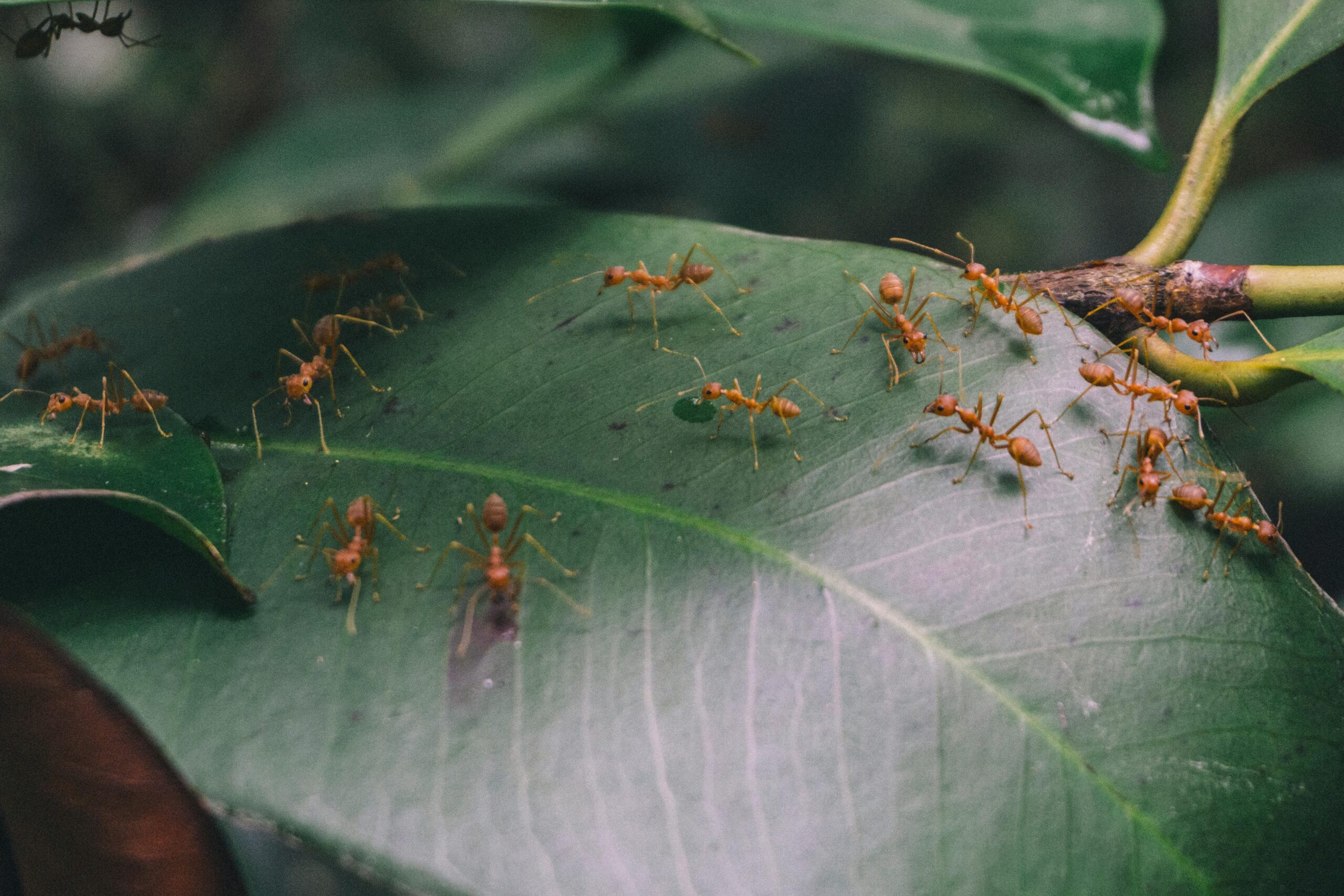
Fire ants may be small, but their sting is a nightmare. When disturbed, they swarm aggressively, delivering a venomous sting that causes intense burning pain—hence the name “fire ant.” Unlike bees, fire ants don’t just sting once; they bite down with their mandibles and sting multiple times, injecting venom with each attack. The pain starts with a sharp, pinching sensation before turning into an unbearable itch that can last for days.
To make things worse, fire ant stings often result in pus-filled blisters that are incredibly irritating. If you accidentally step on a fire ant mound, you’ll know immediately—the ants will swarm up your legs in seconds, stinging relentlessly. While a few stings are painful but manageable, multiple stings can cause serious allergic reactions in some people. These tiny insects may not be the most venomous creatures out there, but they sure know how to leave a lasting impression.
10. The Stonefish – The Most Venomous Fish in the Ocean
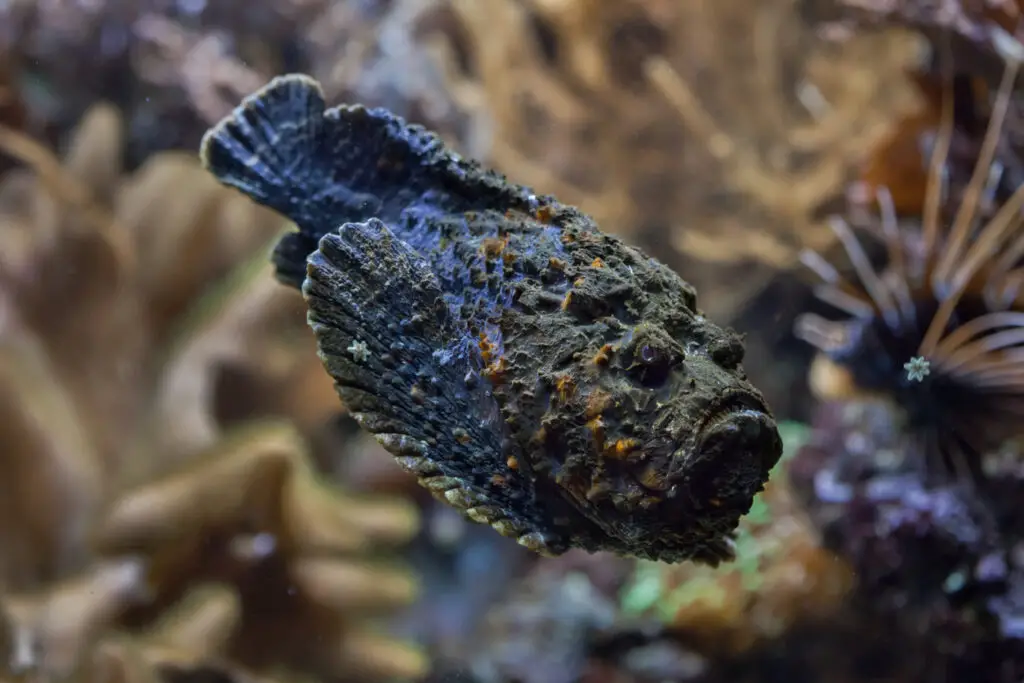
Stepping on a stonefish is like stepping on a landmine of pain. This venomous fish blends perfectly with the ocean floor, making it nearly invisible until it’s too late. Its sharp dorsal spines inject a venom that causes immediate, unbearable pain, described as worse than childbirth or breaking a bone. The pain radiates through the entire limb, sometimes leading to muscle paralysis and even shock. Some victims have said they felt like their foot was on fire, with waves of agony that lasted for hours.
If left untreated, a stonefish sting can lead to tissue necrosis, meaning parts of the skin and muscle start to die. The best way to avoid this horror is to wear water shoes and shuffle your feet when walking in shallow waters, which helps scare them away. If stung, immersing the wound in hot water can help neutralize the venom, but in severe cases, antivenom is needed. The stonefish may not chase after humans, but its sting is a cruel reminder of how dangerous nature can be.
11. The Centipede – A Biting, Venomous Nightmare
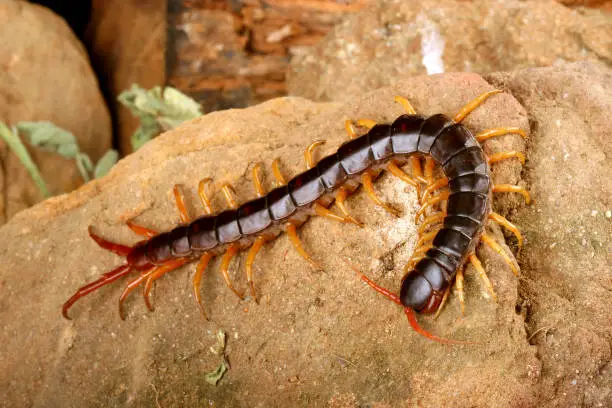
Centipedes may not be the first creature that comes to mind when you think of painful bites, but their venomous fangs are no joke. The larger species, like the giant desert centipede, can deliver a bite that causes intense burning pain, swelling, and even nausea. The venom attacks nerve endings, leading to a deep, radiating pain that can last for hours or even days. Some victims report feeling lightheaded, feverish, or experiencing localized numbness in the affected area.
While centipede bites aren’t typically life-threatening, they’re definitely something you don’t want to experience. These creepy crawlers are fast, aggressive, and not afraid to bite if they feel threatened. If you find one in your home, don’t try to pick it up—use a container or call pest control. The best way to avoid centipede bites is to be cautious when moving logs, rocks, or other hiding spots where they like to live.
12. The Scorpion – A Sting Straight Out of a Horror Movie
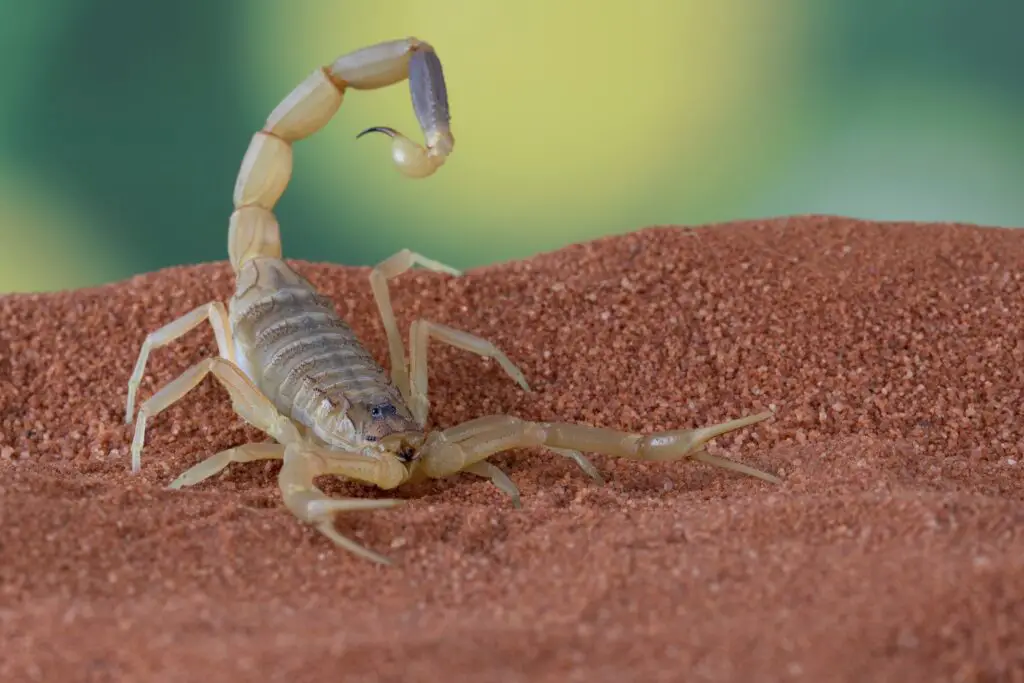
Scorpions have been feared for centuries, and for good reason. While not all scorpion stings are deadly, some, like the sting of the Arizona bark scorpion, are excruciatingly painful. Victims describe the pain as a mix of burning, electric shocks, and sharp stabbing sensations that last for hours. The venom can also cause numbness, muscle twitching, and difficulty swallowing in severe cases. The pain is so intense that some people say it feels like their skin is being peeled off.
Fortunately, most scorpion stings don’t require medical treatment unless an allergic reaction occurs. However, in places like the southwestern U.S. and parts of Mexico, encounters with venomous scorpions are common. If you’re in an area where scorpions live, always check your shoes, clothing, and bedding before putting them on. A sting from one of these creatures will definitely make you wish you had been more careful.
13. The Box Jellyfish – A Sting That Feels Like Fire Under Your Skin
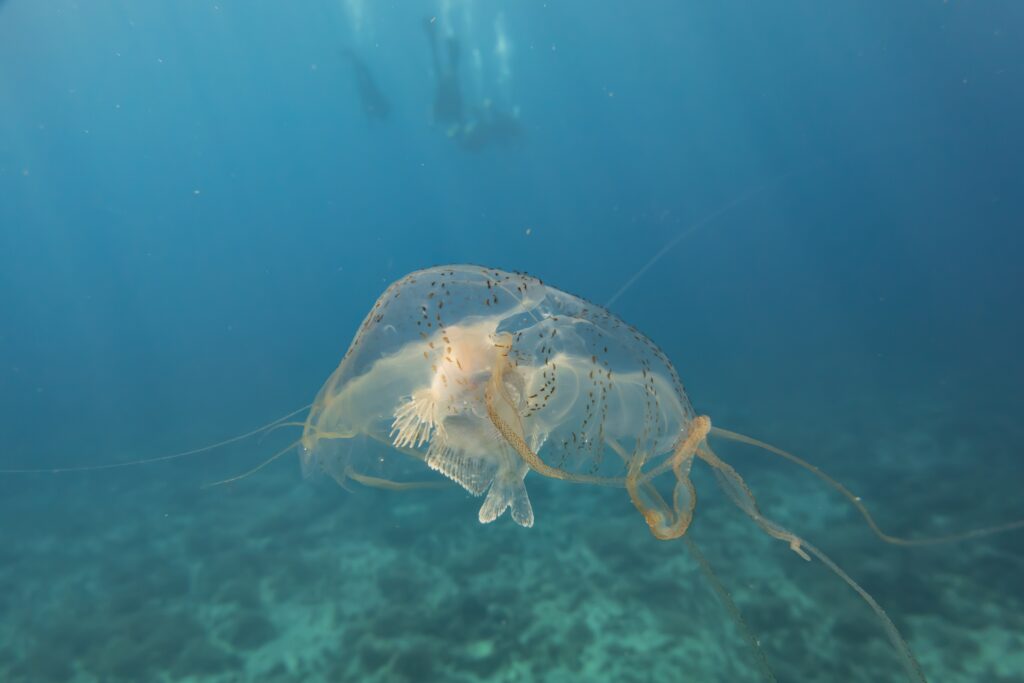
The box jellyfish isn’t just one of the most painful creatures in the ocean—it’s also one of the deadliest. Its tentacles are lined with venomous cells that fire tiny harpoons into the skin, delivering an agonizing sting that feels like being whipped with a thousand burning needles. The venom spreads rapidly through the body, attacking the nervous system and sometimes causing heart failure within minutes. Survivors describe the pain as unbearable, with burning, shooting, and throbbing sensations that last for weeks.
Even after the initial sting fades, the venom can leave behind scars and long-term nerve damage. Some people report lingering pain and sensitivity for months after being stung. If stung, pouring vinegar on the wound can help neutralize some of the venom, but immediate medical attention is crucial. Swimmers in Australia and Southeast Asia are at the highest risk, and many beaches have warning signs during jellyfish season. If you ever see one of these ghostly creatures in the water, it’s best to get out—fast.


